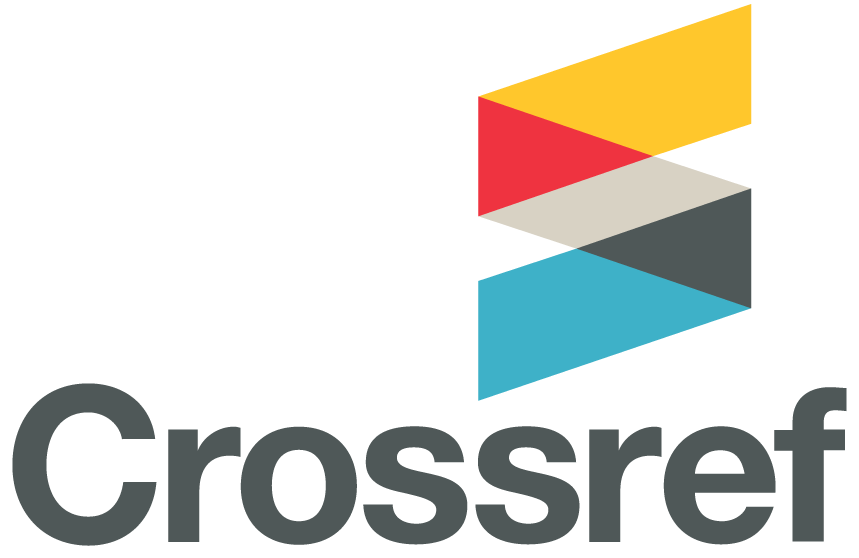Assessment of Salivary C Reactive Protein level in Type Two Diabetic Patients with Different Stages of Periodontitis
DOI:
https://doi.org/10.32828/1scs0908Keywords:
CRP, saliva, periodontitis, diabetic, inflammationAbstract
Abstract
The purpose of this study is to contrast the salivary levels of C-reactive protein between healthy controls and diabetic patients at various stages of periodontitis.
Materials and methods: One hundred sixty men participated in this study; 32 of them were healthy control groups, while the other 128 men with type -2 diabetes were equally categorized into four groups according to stages of periodontitis (stage I, stage II, stage III, and stage IV). Following the collection of unstimulated salivary samples from each participant, (PPD, CAL, and BOP) clinical periodontal parameters were assessed. ELISA technique was used to measure the levels of CRP in saliva samples. Results: CRP was higher in diabetic patients with all stages of periodontitis than healthy controls. The level of CRP is increased when periodontitis progresses to higher stages. Stage IV group (515.33±258.51), stage III group (315.52±206.71), stage II group (206.61±124.64), stage I (160.07±97.49), control group (45.63±25.29) in which their salivary levels were the least with significant differences among the groups (p=0.000).
Conclusion: The inflammatory marker CRP is increased in diabetic patients than in Control, especially when the stage of periodontitis gets worse
References
References:
1. Trombelli, L., Farina, R., Silva, C., Tatakis, D., (2018). Plaque-induced gingivitis: Case definition and diagnostic considerations 45, S44–67.
2. Newman, M. G. et al. (2018) Newman and Carranza’s Clinical Periodontology E-Book: Newman and Carranza’s Clinical Periodontology E-Book.
3. Caton, J. G. et al. (2018) “A new classification scheme for periodontal and periimplant diseases and conditions - Introduction and key changes from the 1999 classification,” 45, pp. S1-8.
4. Chapple, I. L. C. et al. (2018) “Periodontal health and gingival diseases and conditions on an intact and a reduced periodontium: Consensus report of workgroup 1 of the 2017 World Workshop on the Classification of Periodontal and Peri-Implant Diseases and Conditions,” Journal of clinical periodontology, 45 Suppl 20, pp. S68–S77. doi: 10.1111/jcpe.12940.
5. Cervino, G. et al. (2019) “Diabetes: Oral health related quality of life and oral alterations,” BioMed research international, 2019, p. 5907195. doi: 10.1155/2019/5907195.
6. Genco, R. J. and Borgnakke, W. S. (2020) “Diabetes as a potential risk for periodontitis: association studies,” Periodontology 2000, 83(1), pp. 40–45. doi: 10.1111/prd.12270.
7. Marcovecchio, M. L. and University of Cambridge, Cambridge, UK (2017) “Complications of acute and chronic hyperglycemia,” US endocrinology, 13(01), p. 17. doi: 10.17925/use.2017.13.01.17.
8. Preshaw, P. M. et al. (2020) “Treatment of periodontitis reduces systemic inflammation in type 2 diabetes,” Journal of clinical periodontology, 47(6), pp. 737–746. doi: 10.1111/jcpe.13274..
9. Borgnakke, W. S. et al. (2015) “Is there a relationship between oral health and diabetic neuropathy?,” Current diabetes reports, 15(11), p. 93. doi: 10.1007/s11892-015-0673-7
10.Sproston, N. R., & Ashworth, J. J. (2018). Role of C-Reactive Protein at Sites of Inflammation and Infection. Frontiers in immunology, 9, 754. https://doi.org/10.3389/fimmu.2018.0075426463/rjds.15_2_10
11. Lorenzo, C. et al. (2017) “Novel protein glycan-derived markers of systemic inflammation and C-reactive protein in relation to glycemia, insulin resistance, and insulin secretion,” Diabetes care, 40(3), pp. 375–382. doi: 10.2337/dc16-1569
12. Giannobile, W. V. et al. (2009) “Saliva as a diagnostic tool for periodontal disease: current state and future directions,” Periodontology 2000, 50(1), pp. 52–64. doi: 10.1111/j.1600-0757.2008.00288.x.
13. Kamodyová, N. et al. (2015) “Blood contamination in saliva: Impact on the measurement of salivary oxidative stress markers,” Disease markers, 2015, p. 479251. doi: 10.1155/2015/479251.
14. Lasisi, T. J., Duru, M. E. and Lawal, B. B. (2015) “Salivary secretion and composition in malaria: A case-control study,” Nigerian journal of physiological sciences: official publication of the Physiological Society of Nigeria, 30(1–2), pp. 119–123.
15. Newbrun, E. (1996) “Indices to measure gingival bleeding,” Journal of periodontology, 67(6), pp. 555–561. doi: 10.1902/jop.1996.67.6.555.
16. Dholey, M. et al. (2017) “Comparative estimation of salivary and serum C-reactive protein levels in chronic periodontitis with or without Type II diabetes mellitus: A clinico-biochemical study,” SRM Journal of Research in Dental Sciences, 8(3), p. 99. doi: 10.4103/srmjrds.srmjrds_16_17.
17. Bachtiar, E. et al. (2023) “The utility of salivary CRP and IL-6 as a non-invasive measurement evaluated in patients with COVID-19 with and without diabetes,” F1000Research, 12, p. 419. doi: 10.12688/f1000research.130995.2
18. Shojaee, M. et al. (2013) “C - reactive protein levels in patients with periodontal disease and normal subjects,” International journal of molecular and cellular medicine, 2(3), pp. 151–155.
19. Podzimek, S., Mysak, J., Janatova, T., Duskova, J., (2015). C‐reactive protein in peripheral blood of patients with chronic and aggressive periodontitis, gingivitis, and gingival recessions. Mediators of inflammation 2015, 564858.
20. Ramamoorthy, R. D. et al. (2012) “A review of C-reactive protein: A diagnostic indicator in periodontal medicine,” Journal of pharmacy & bioallied sciences, 4(Suppl 2), pp. S422-6. doi: 10.4103/0975-7406.100318.
21. Gupta, S. et al. (2020) “Comparative evaluation of role of hs C-reactive protein as a diagnostic marker in chronic periodontitis patients,” Journal of family medicine and primary care, 9(3), pp. 1340–1347.
Downloads
Published
Issue
Section
Categories
License
Copyright (c) 2025 sajjad ali, Dalia Kudier Abbas, Okba Mahmoud

This work is licensed under a Creative Commons Attribution 4.0 International License.
The Journal of Mustansiria Dental Journal is an open-access journal that all contents are free of charge. Articles of this journal are licensed under the terms of the Creative Commons Attribution International Public License CC-BY 4.0 (https://creativecommons.org/licenses/by/4.0/legalcode) that licensees are unrestrictly allowed to search, download, share, distribute, print, or link to the full texts of the articles, crawl them for indexing and reproduce any medium of the articles provided that they give the author(s) proper credits (citation). The journal allows the author(s) to retain the copyright of their published article.
Creative Commons-Attribution (BY)








